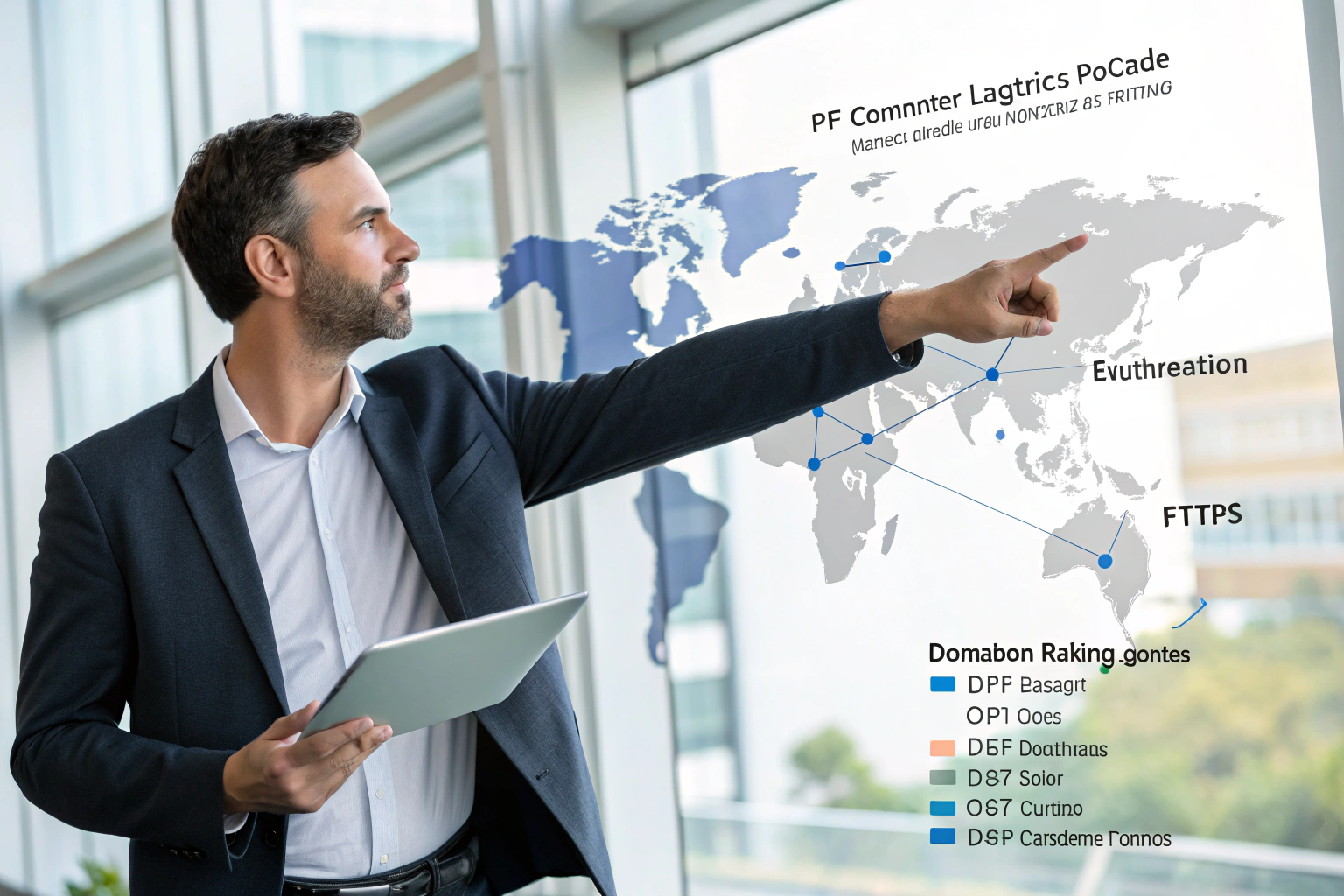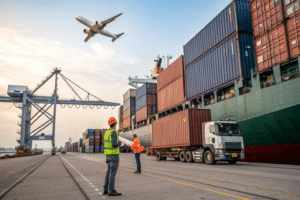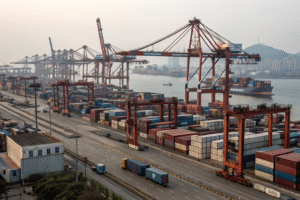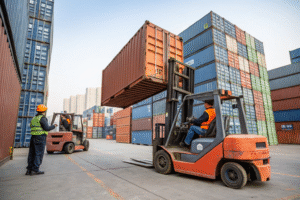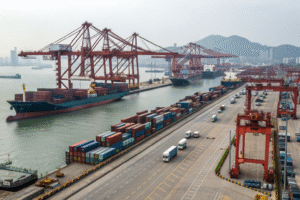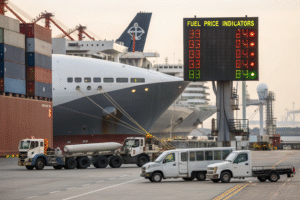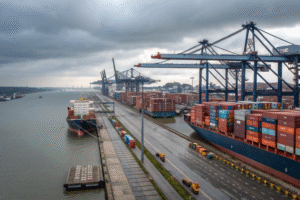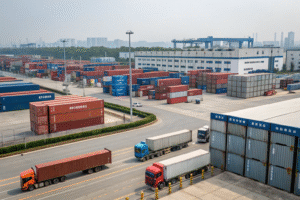In 2025, import tariffs are once again one of the biggest threats to e-commerce profitability. Many countries are raising rates to protect local industries, while others are tightening customs enforcement. For online brands shipping across borders, every percentage point in tariff savings can determine your margins.
This article breaks down the top 5 strategies e-commerce brands can use to reduce import tariffs in 2025, based on real case studies from our freight forwarding experience at GeeseCargo.
1. Use Free Trade Agreements to Slash Duties
One of the most underused tariff-reduction tools is the Free Trade Agreement (FTA).
FTAs allow qualifying goods to enter countries at reduced or zero duty rates if they meet origin rules and documentation standards.
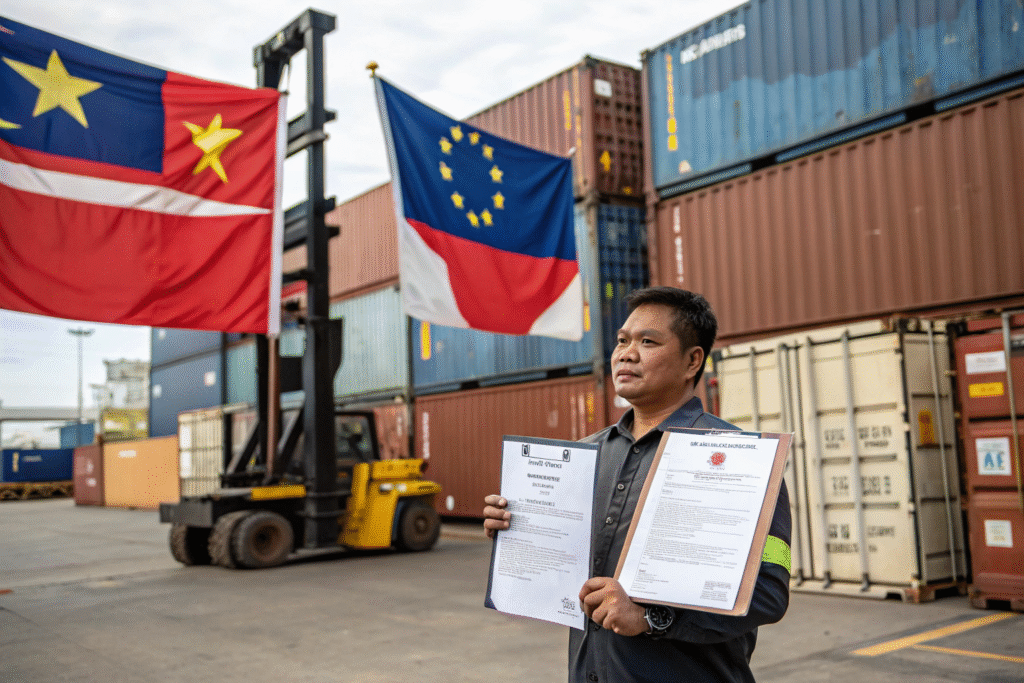
How Do FTAs Work?
If your product is made in an FTA-participating country (like China under RCEP or Vietnam under CPTPP), and meets origin requirements, you may avoid tariffs.
Submit a valid Certificate of Origin and use platforms like WCO Origin Tools to verify eligibility.
What Are the Key 2025 FTAs?
- RCEP – covers most of Asia-Pacific
- USMCA – U.S., Mexico, Canada
- ASEAN-China FTA
- EU-Vietnam FTA
Ensure HS codes and COO match to unlock the duty relief.
2. Optimize HS Codes for Accurate Classification
Your HS code determines your duty rate. A wrong code could cost you more—or delay your shipment.
By correctly classifying products under the most favorable, legally appropriate HS codes, e-commerce brands can lower duty exposure significantly.

Can HS Code Changes Really Reduce Duty?
Yes. A product classified as a plastic item (10%) might be more accurately listed as packaging material (5%). A hair clip might fall under accessories or fashion articles.
Use WCO Harmonized System and TradeMap to check alternatives.
Should You Get an Advance Ruling?
For recurring items, apply for a Binding Tariff Information (BTI) from customs. This ensures fixed classification and protects against retroactive penalties.
3. Leverage Bonded Warehousing for Tax Deferral
Bonded warehousing is a strategic way to avoid or delay import tax until final sale.
By storing goods in bonded zones, e-commerce sellers can defer tariffs, consolidate cargo, and even re-export without duty.
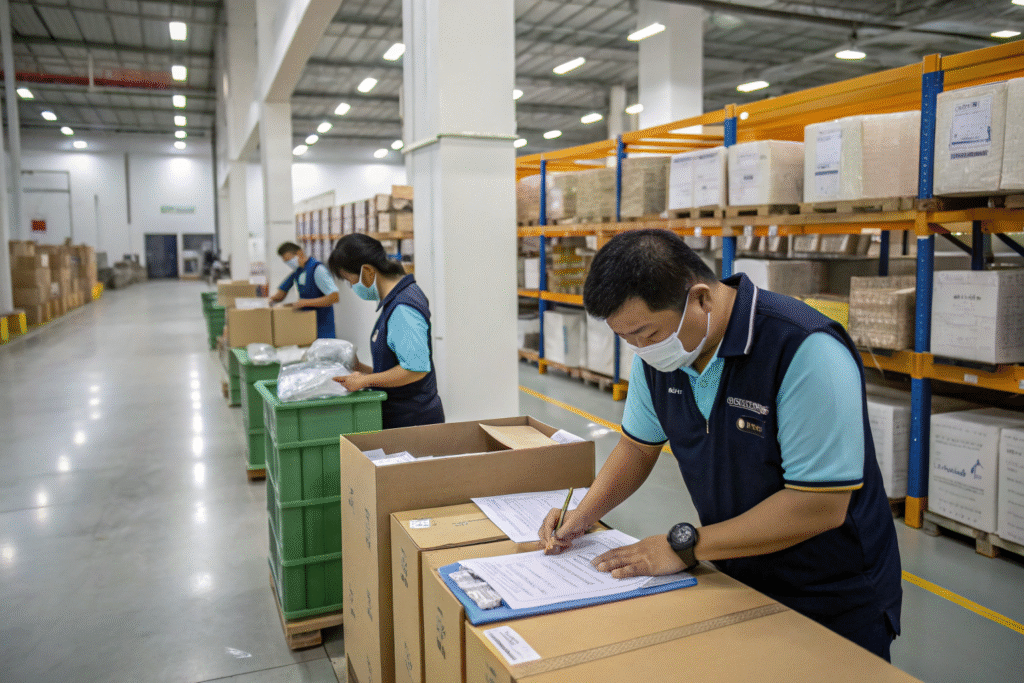
How Does It Work?
Your goods enter a bonded warehouse in a foreign country (e.g., U.S. or Malaysia) without incurring immediate duties. You can:
- Relabel or repackage
- Split shipments
- Avoid taxes on returns or re-exports
Check bonded options like PKFZ Malaysia, Shanghai FTZ, or U.S. Foreign Trade Zones.
What Are the Use Cases?
- Large SKUs with variable destinations
- Flash sales requiring fast cross-border deployment
- Managing customs risks before market entry
4. Shift from DDP to DAP or FCA When Tariffs Fluctuate
Your Incoterms define who pays the duties—you or the buyer.
In tariff-heavy markets, switching from DDP (Delivered Duty Paid) to DAP (Delivered at Place) or FCA (Free Carrier) helps avoid absorbing unpredictable tax hikes.
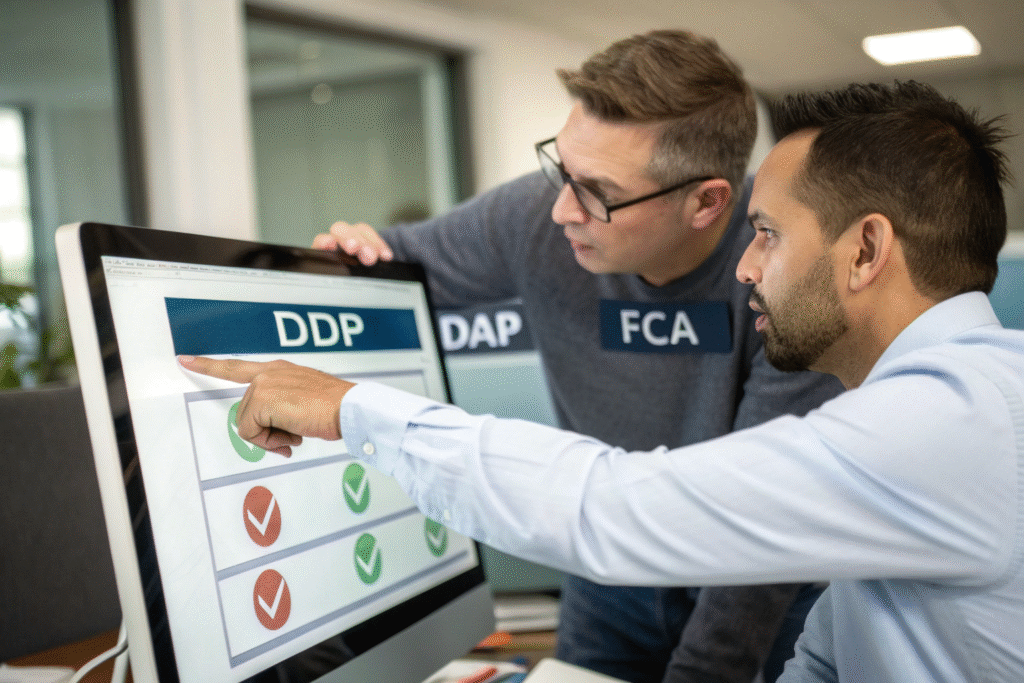
Why Is DDP Riskier in 2025?
DDP exposes you to sudden tariff hikes during transit or clearance delays. If you declare the wrong HS code, you're fully liable.
DAP shifts responsibility to the buyer for duties, while FCA hands off at port.
See term definitions in Incoterms 2020 Guide.
Which Brands Should Switch?
- Sellers shipping to the EU, U.S., or Indonesia
- Companies scaling across multiple markets with diverse tariff structures
- Brands seeking price stability on invoice level
5. Consolidate Shipments to Reduce Per-Unit Tax Load
Customs duty is often charged per shipment or per invoice. Consolidation saves money.
By grouping multiple orders or SKUs into a single shipment, you lower handling fees, reduce customs entries, and sometimes pay less per unit in duties.
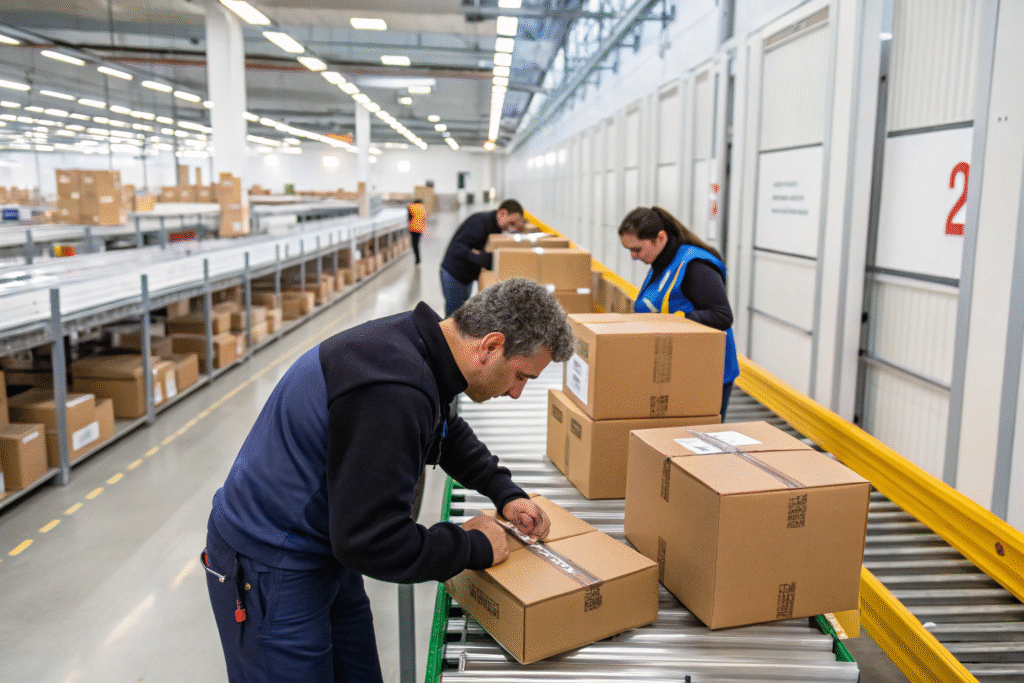
How Does Consolidation Help?
Instead of 20 shipments with $100 declared value each (potentially exceeding tax threshold), you send one $2,000 shipment, properly labeled, and pay proportionally less in fees.
Tools like GoComet and Flexport offer consolidation dashboards and tax simulations.
What’s the Ideal Frequency?
- Weekly for fashion, accessories, and gadgets
- Biweekly for high-value products with stable inventory
- Daily for flash sale platforms with pre-labeled parcels
Conclusion
Reducing import tariffs in 2025 is no longer a bonus—it’s a requirement for e-commerce brands scaling across borders. The right mix of HS code optimization, bonded warehousing, trade agreements, Incoterm strategy, and consolidation planning will protect your profits in volatile trade environments.
At GeeseCargo, we help clients identify tariff risks before shipping, simulate alternative routing, and apply proven methods to reduce duty costs. Want a free audit of your current tariff exposure? Contact Ben Zhu at benzhu@geesecargo.com and let’s unlock more margin in your cross-border supply chain.
